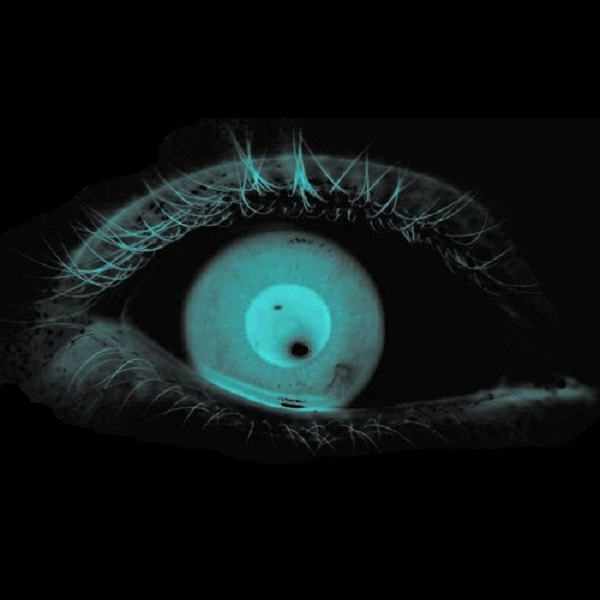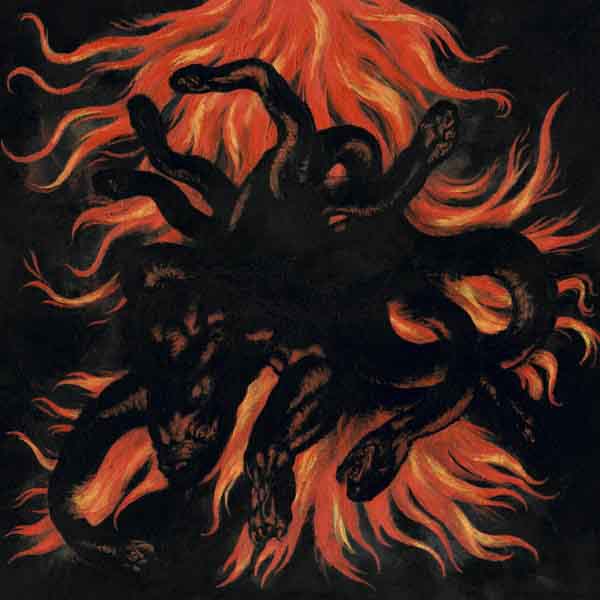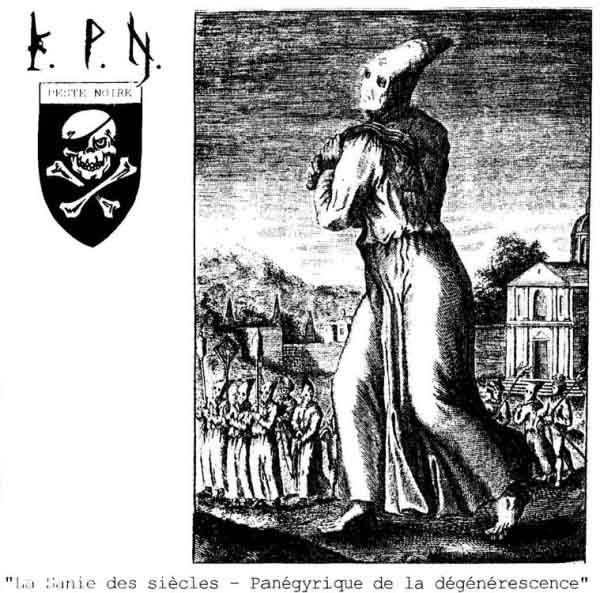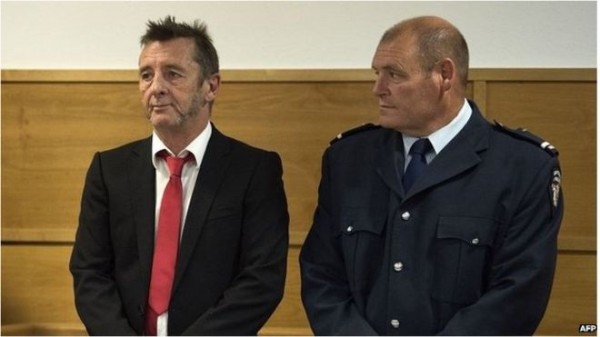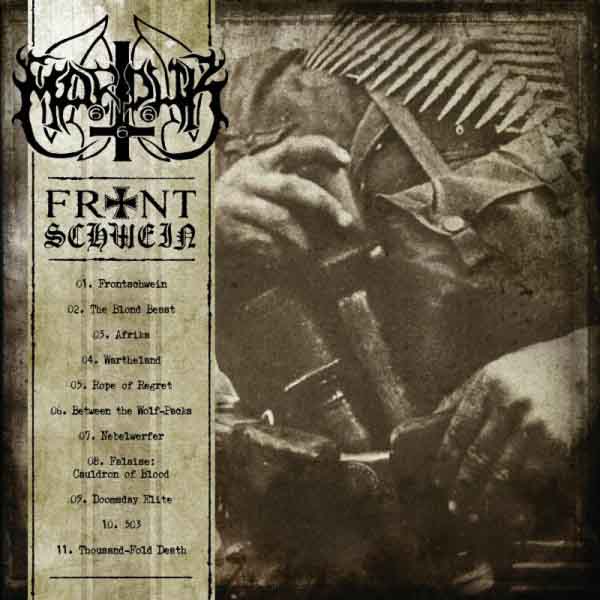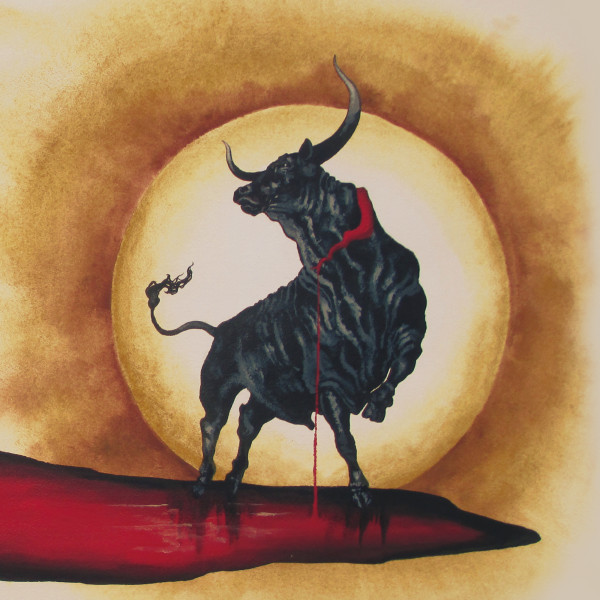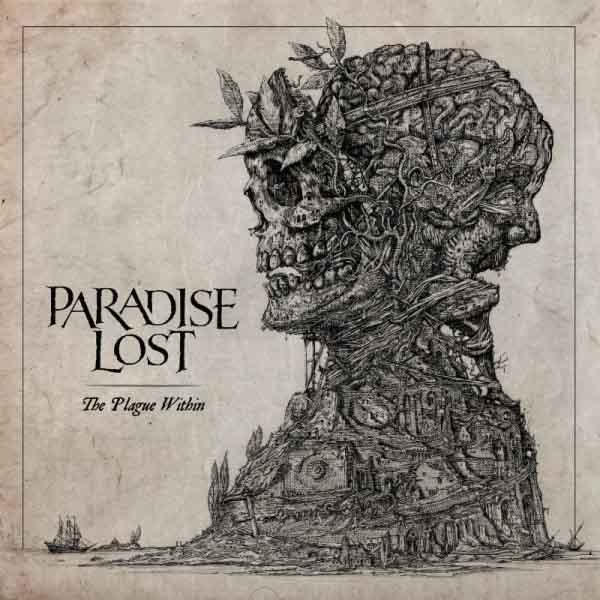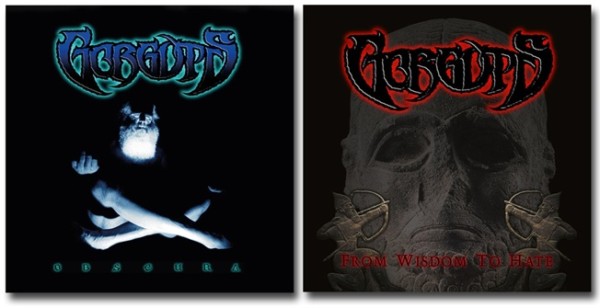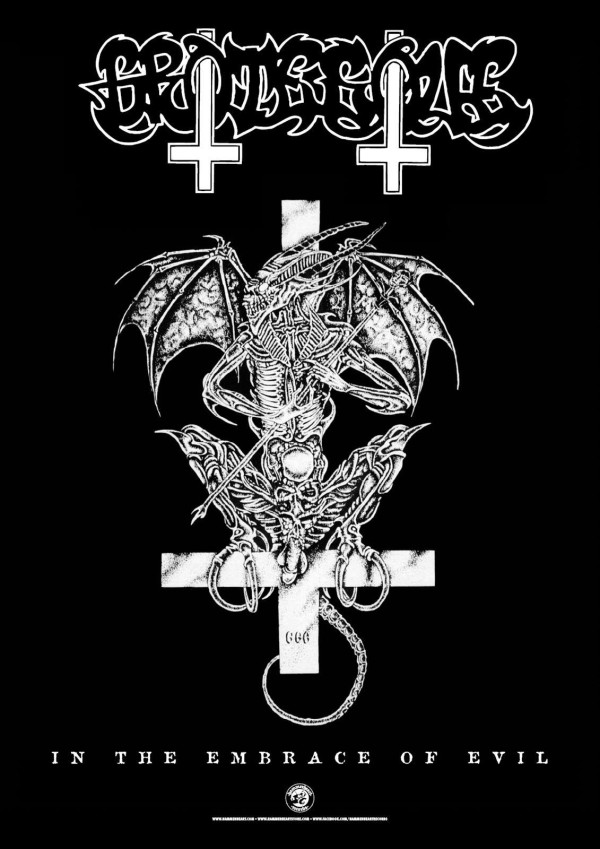An interesting project emerging from the murky Texas underworld, Lech makes music of nearly pure noise and calls it “doom music” rather than a form of metal, but its similarities to metal (as well as electro-acoustic and other forms) cannot be denied. After reviewing the first album from this project, we wanted to hear more and were fortunate to get in a few words with Lech.
Who “is” Lech? Can you tell us band members, your history in music outside of Lech, and how you came together to form Lech -or- decided to do so?
We come from various experimental band backgrounds.
After some time away from music we decided to get together, and put out an 8 track ep.
You describe your music as “doom music,” although others might say electro-acoustic, drone or organic ambient. What inspires your choice of words to describe the sounds that you organize into music?
Doom in our opinion is the fear of impending threat or danger, but it can be taken out of context when describing music genre.
A lot of people think of Black Sabbath as being the godfathers of doom, and no doubt Tony is the Riff master but we believe Screamin’ Jay Hawkins was the true originator.
Doom music describes us best.
Is there a connection to heavy metal, or underground metal, that informs how you compose? Or is this an entirely different style? Do you have influences from any of the following ex-metal projects: Lull, Neptune Towers, Final, K.K. Null, Suuri Shamaani?
Actually the influences of the 8 tracks we have out now come from dark classical. Requiem, dirge, and Walter/ Wendy Carlos.
How do you create your music? Are these found sounds, digital manipulated, distorted or some combination of the above?
Our stuff is all original recordings.
No sample, found, or computer manipulation sounds.
What you hear that doesn’t sound like guitars are in fact guitars. The beginning of Waterwalker is a guitar run through an Eventide Space.
The experimentation that went into our sound would have to be seen to be understood.
When you compose, what do you aim to create? Do you hope to provoke a reaction or recognition in the listener and if so, what is it?
The first thought is probably “what the hell is this?”
Which I think we accomplished without saying, and the other is the true dark side of music.
Music is sometimes misunderstood, and when it is questioned you are usually on the right track.
Is this self-titled release your first recordings? What others are present? Will this be released on a label, or is it already out?
Yes, there will be another album out this summer under the Forlorn Group Label.
Why did you choose the name “Lech”? Does it have a particular meaning?
The name LecH was chosen because of the many different connotations that go along with it.
From the perverse, to the river in Austria.
It’s the unknown.
What are your future activities — will there be touring, more recordings, promotion or collaborations?
As for touring, and live shows we can’t wait to get a road crew together, and smoke some amps.
If you could play live with any Texas metal bands, which ones would you choose?
One would be Ryan from Howling Void out of San Antonio, and the other would be Annie Clark from St Vincent out of Dallas. She’s not exactly metal, but like us she has her own sound, which we like.
If people are interested in your music, where should they go to find out more and stay in touch with Lech?
We are taking a different approach to getting our music heard, so the best way for now is links on our Youtube stuff through our PR guy Kyle Lee.
Other than that we are working on a website, and hope to get out on the road to play live.
We are taking it as it comes at this point.
No CommentsTags: Ambient, dark ambient, doom music, electro-acoustic, lech
